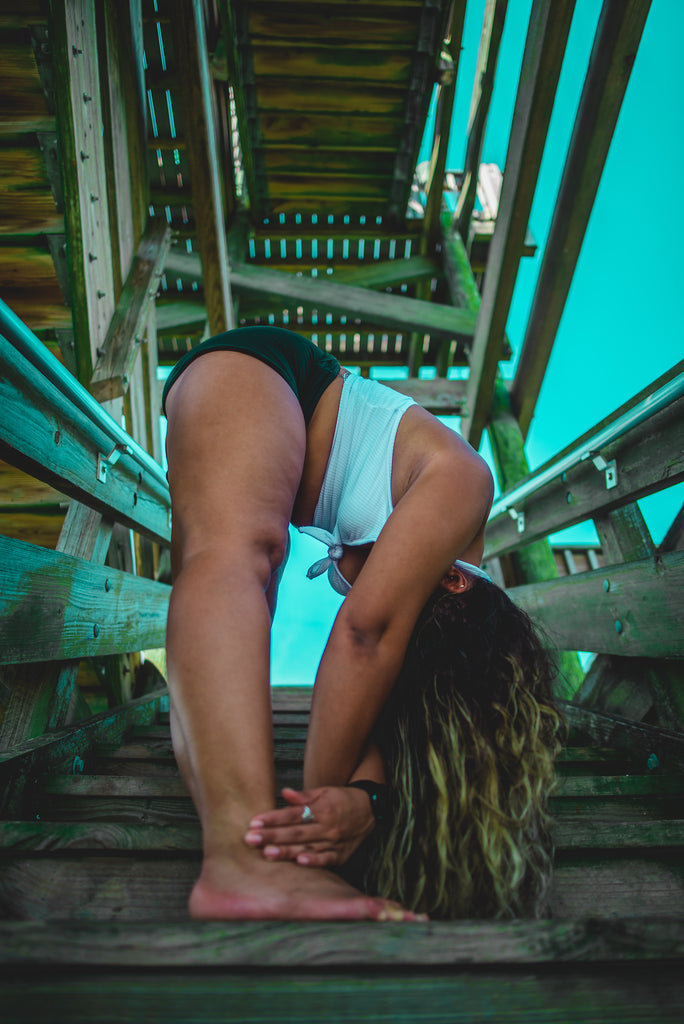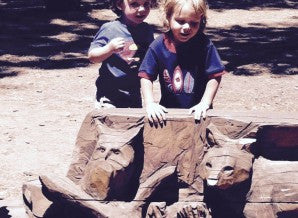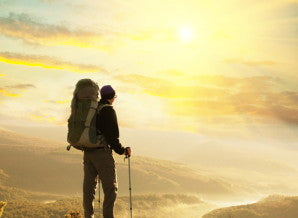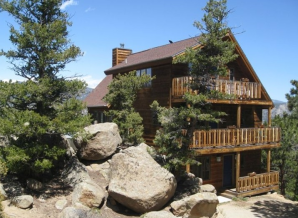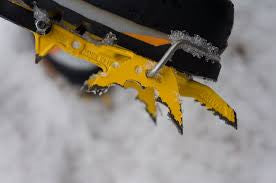Yoga Before Hiking
Everyone has gone through pain after a long hike or an endurance activity. The way our bodies feel after an adventurous activity can set standardsfor how we need to treat it before and after we participate in these endeavors. Consider how your body feels. Yoga and meditation can help you in preparation for a big day of hiking.
Taking the time to become more mindful of our bodies before hiking will be critical to how we feel afterwards. Below, I have comprised some basic poses and meditations that really help to make space within our bodies and minds before strenuous activities.
5 Poses for Success:
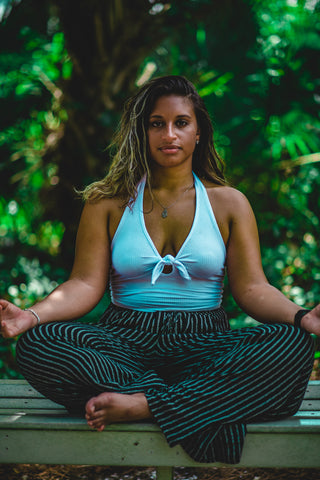
Givenchy Jones Photography
- Shoulder rolls. Start by rolling your shoulders forward. Do not do big circles. Allow your body to make space and if you hear any cracks, grinding, etc. then stop. This will allow you to create space in your arms and shoulders and hold your neck through a long hike. Make sure to switch directions before stepping into the next stretch.

Givenchy Jones Photography
- Neck extension. Extend your arms out by your sides and lengthen your back and spine. This can be done standing up or sitting down. While keeping the length in your neck and spine, tilt your head to the right side of your body but refrain from collapsing your head to one side. Attempt to keep the length in your spine traveling to your neck. Stay there for around 30 seconds and complete the same on the other side.

Givenchy Jones Photography
- Forward fold. Take your legs a hips width apart and keep your back actively lengthened. Slowly lower your head and move closer to your legs, slowly, until you have reached the point of the most resistance. Stay there for a while and really stretch the back of your legs for the hike. Refrain from sitting back on your hips—shift your weight forward and actively lengthen your back.
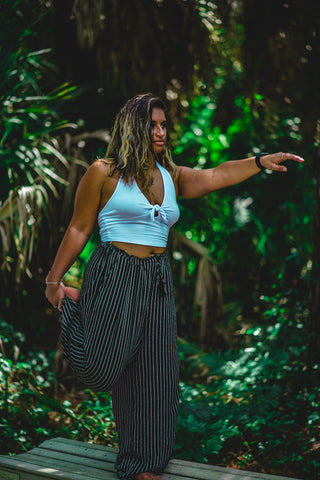
Givenchy Jones Photography
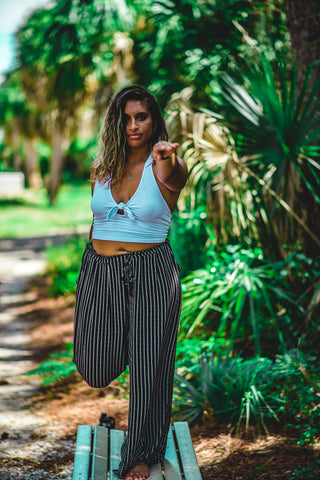
Givenchy Jones Photography
- Quad Stretch. Take your legs a hips width apart and keep your back actively lengthened. Reach your right arm back and grab your right foot and straighten your back. You should be sure to keep your knees together and really accentuate moving your foot as close to your back as possible. If you find that you cannot reach your foot, take a bend in your left leg and attempt to grab from there. Stay there for around 30 seconds and then repeat on the other side.
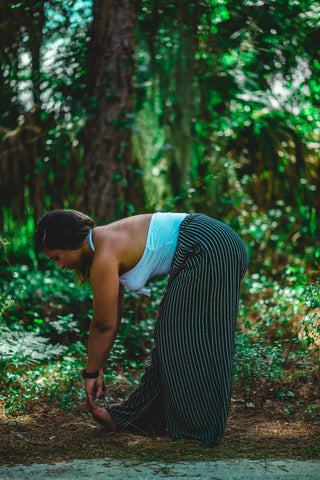
Givenchy Jones Photography
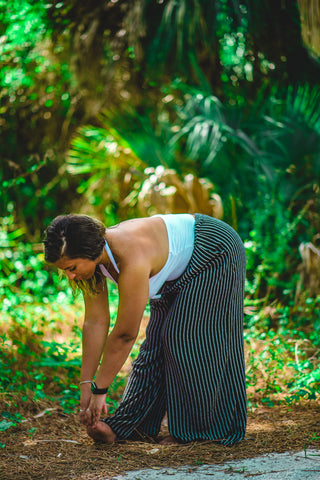
Givenchy Jones Photography
- Hamstring Stretch.Take your legs a hips width apart and keep your back actively lengthened. Take your right leg and flex the foot while placing it in front of you. While keeping your back straight, bend forward to your leg. Ensure to keep your back straight. Stay there for around 30 seconds and then repeat on the other side.
Considerations: Hold the poses for as long as needed for your body individually. Use the ground or whatever is around you for support if needed. There is no “set” place you should feel a stretch, you feel it where your body needs it. Have fun with this—you’re taking the time to prepare for a great hike!

Givenchy Jones Photography
Meditation:
Take 5 minutes before your hike to think about the reason why you are there that day. Listen to the sounds around you and become immersed in your position within the world.
___________________________________________________________________________
It is important to take time for ourselves before strenuous activities. Yoga helps us to find our balance to ensure our bodies are ready for the journey ahead. Building these tools (yoga poses and meditation) into our schedule can be fundamental to our success. Try a little love for your body before a hike and see how you feel afterwards!
Namaste | Alexis
Alexis is the Founder of Aesthetic Chaos, a blog that focuses on adventure and well-being. Alexis is currently obtaining her 200-yoga teacher training certification at St. Pete Yoga, a Yoga Alliance registered yoga school. You can visit her website at aestheticchaos.net.
Photos by Givenchy Jones Photography
Continue reading
